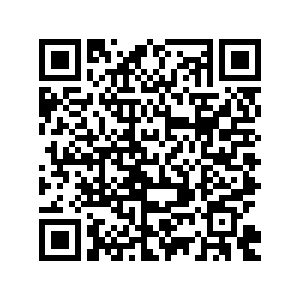SYDNEY, July 25 (Xinhua) -- As the pandemic has seen swathes of Australian workers and businesses transition to remote work out of necessity, the period has resulted in a cultural flashpoint for the way people want to work.
For Shelly, a 28-year-old marketing employee who lives in Sydney's north, over the last two years the option for remote work has become a mandatory checkbox when hunting for jobs.
"I recently changed jobs and it was one of the main factors I was looking out for," she told Xinhua on Monday.
Data released on Sunday from one of Australia's largest online job seeking platforms, SEEK, showed that "work from home" had become the most searched term on their platform in the June quarter.
A further survey of users showed that 61 percent would resign if remote work options were revoked.
Shelly said that working from home allowed for a better work life balance and had allowed her to save on travel and food costs.
She added that many of the benefits also came with downsides. "When I work from home it's just me all day, while that's good it can get a bit lonely because I don't see anyone."
Prior to the pandemic the percent of Australians working from home had been increasing steadily by around 1 percentage every two years according to data from the Australian Bureau of Statics (ABS).
Over the course of the pandemic, this trend exploded, the rate of employees who worked from home in some capacity jumping from 26 to 41 percent. What began as part of a public health response has quickly morphed into a defining aspect of people's work lives.
Expert on the impact of work and organizations on employees' health, Associate Professor at La Trobe University, Jodi Oakman, told Xinhua on Monday that the pandemic has opened up a new conversation around the viability of remote work.
"Organisations, which have traditionally been really resistant to working from home, had to allow their employees to work from home. So, there was some real shifts in employers' thinking around what was possible," she said.
Oakman led a study published in the Industrial Health journal based on a series of focus groups that looked at the negative and positive aspects of working from home both from the perspective of workers and managers.
The main qualms around remote work included issues such as the blurring of boundaries between work and personal time, a lack of physical exercise, feelings of isolation, and the cost of bills and home-office equipment.
On the other hand, respondents also reported positive aspects including greater productivity, improved work-life interaction and greater access to online networking.
Managers interviewed for the study relayed challenges around keeping open lines of communication with co-workers and maintaining trust with staff. Some reported high levels of productivity from staff due to the lack of distractions in the office.
"We improved the system, we cut the process and improved everything. So, I guess in a way, going online and working remotely improved," said one of the managers included in the focus group study.
Oakman said that the study offered more evidence that modes of working was by no means a black and white issue, and ultimately come down to individual preference.
"We have a view that it suits everyone, and everyone wants it. But we need to be really careful there because that's as bad as disallowing it," she said.
"We had a number of people that we interviewed, who were actually back in the office as soon as they were asked. That was their preference, they really disliked it (working from home)."
She added that it was important to remember there were many workers who did not have the option to work from home and as such it was important to remember work option was just one facet of improving Australian's work lives. ■
